Watercolour is a famous painting medium that you’ve likely painted with at some point in your life, whether that be in school or at home.
However, there’s another kind of painting that is quite similar to watercolour: gouache.
But what exactly is gouache?
And in the watercolour vs gouache debate, is one superior to the other?
To discover the answers, this article will teach you about:
- The similarities between watercolour and gouache
- The differences between these 2 types of paint
- How to use each paint type in your paintings
- Watercolour and gouache product recommendations
By the time you’re done reading, you’ll have a solid understanding of how to best use these art supplies in your paintings.
DISCLOSURE: This page contains affiliate links. If you make a qualified purchase using any of the links, I’ll earn a small commission at no extra cost to you. I appreciate every sale because it allows me to create free content to promote the growth of this website.
Table of Contents
What is Watercolour?
Simply put, watercolour is a type of watermedia paint that is activated by mixing water with the pigments.
Watercolour is transparent in nature, which makes it ideal for layering. As a result, watercolours are known for their luminous properties.
Famous examples of watercolour paintings include Claude Monet’s watercolour lilies.
In case you’re interested, all of the watercolour paintings shown in this article were created using the White Nights watercolour paints.
White Nights Watercolours
• 36 large pans with a diverse range of watercolour pigments
• The vibrant pigments blend easily and have very smooth application
• Box comes with useful and detailed pigment information
BUY ON AMAZONWhat is Gouache?
Gouache is a type of watermedia that resembles watercolours, but which is opaque in nature. Due to its opaque properties, gouache lays down with a matte finish.
Although less well-known, gouache painting has been around for hundreds of years. If you’d like to learn about the history of gouache, check out this gouache article by Skillshare.
So, to answer the commonly asked question: “Is gouache considered watercolour?”
The simple answer is: Yes, gouache is a type of watercolour.
But is gouache the same as watercolour? No.
For your information, all of the gouache paintings shown in this article were created using the Arteza Gouache paints.
How Are Watercolour and Gouache the Same?
There are many similarities between watercolour vs gouache. After all, they both belong to the watermedia family of paints.
In this section, we’ll take a closer look at the similar characteristics they both share.
Both Are Made of Similar Properties
Watercolour and gouache are made of similar properties such as:
- Pigment particles
- Binders (I.e. Gum Arabic)
- Brighteners (Sometimes used)
- Fillers (Sometimes used)
- Both are activated by water
However, one major difference is that gouache particles are larger and denser. As a result, gouache paint dries more opaquely than watercolours.
For a more detailed breakdown about watercolour and gouache’s composition, check out this short and concise article by Earthpigments.com.
Both Are Activated with Water
Watercolour and gouache are both activated with water, which means you can mix water with the pigment to prepare it for use.
And guess what? Since they are both similar in composition, gouache and watercolour can be combined with pen and ink.
That being said, gouache can also be used without adding water to it.
When you paint with gouache in this way, the paint will lay down thicker and more boldly.
On the other hand, watercolours must be activated with some degree of water or else they will not work.
For example, a little bit of water plus pigment can be used to make dry brush textures, whereas adding a lot of water and pigment would be great for wet-on-wet techniques.
That’s why is best to understand the right paint and water ratio when working with watercolours and gouache so that you are able to achieve your desired effects.
Similar Setup and Clean up Process
The process of setting up your workstation to paint with watercolours or gouache is basically the same.
When painting with watercolour or gouache, you’ll need the following materials:
- 1 or 2 jars of clear water
- A paint palette
- Paper towels or a cloth
- Your choice of watercolour/gouache paints
- A few paintbrushes
- Your preferred paper
In fact, as long as the paper you’re using is at least 300 gsm or 140lbs, you can use watercolour and gouache together in a painting.
Also, the clean up process is very much the same. All you have to do is rinse your brushes with some mild soap and lukewarm water, and you’re good to go!
They Use Similar Papers and Brushes
Did you know that both watercolour and gouache can be used in mixed media artwork?
As well, you can use the same brushes and paper for both mediums. For example, I use my Silver Black Velvet Brushes when I create watercolour and gouache paintings.
I also tend to use watercolour and gouache on Arches 100% cotton cold-pressed paper.
That being said, since gouache doesn’t have to be wetted, it also lends itself well to mixed media paper. My favourite is the Canson XL sketchbook.
However, one noticeable difference is that gouache is more versatile because you don’t have to strictly use water to paint with it.
How Are Watercolour and Gouache Different?
Alright, here comes the fun part!
You now know all about the similarities that these 2 types of watermedia share.
Now let’s have an in-depth look at the many ways in which watercolour vs. gouache ultimately differ.
Note: If you’re looking for a complete beginner’s guide to gouache, check out this link.
Transparency vs. Opacity
As previously mentioned, watercolour vs gouache differ greatly when it comes to how the paints lay down on the paper.
Watercolour is famous for its transparency. This means that the underlying layer shows through the layer that is painted on top of it.
When you are learning to paint with watercolours, you are told to work in layers and to build them up.
For this reason, many watercolour paintings can be described as luminous because the layers dry lighter and show through one another.
Gouache, on the other hand, lays down in a bold and solid layer.
As a result, gouache has an opaque appearance. Due to its strong opacity, the paint dries more thickly and with a matte finish.
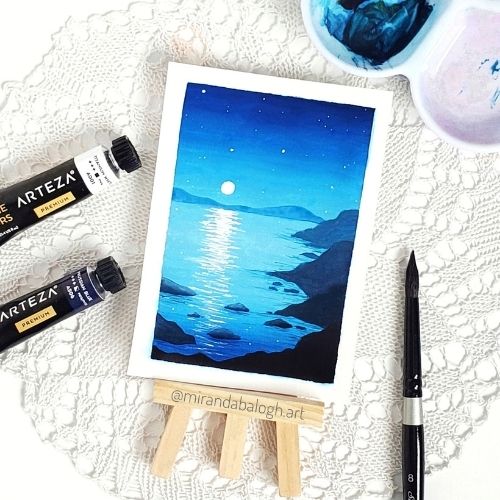
Thin vs Thick Consistency
Watercolour has a thin consistency, especially if you add more water to the pigment which will dilute the mixture.
Since watercolour dries lightly and thinly, it works really well for creating multiple transparent layers.
However, because each layer is wet, it takes a lot longer to dry when compared to gouache.
Conversely, gouache has a thicker consistency. Since it doesn’t need as much water to be activated, gouache dries much faster. Especially if you’re not adding any water to the pigment.
The Role of White Paint
Here is a BIG difference in the watercolour vs gouache debate.
Concerning tips and tricks for painting with watercolours, there is a notorious controversy in the watercolour community concerning the use of white paint in watercolour paintings.
Traditionally, the white of the paper is left untouched, as watercolourists often ignore white pigment and prefer to use the natural whiteness of the paper instead.
However, some watercolourists believe this to be a purist opinion for they believe that the painter should have full discretion over however they choose to observe white in their paintings.
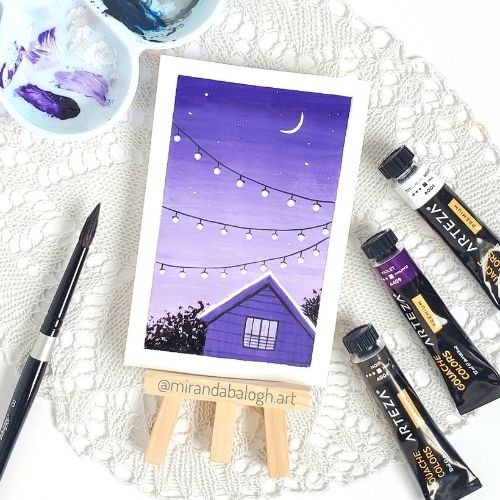
On the contrary, white gouache paint plays a big role in gouache painting.
You see, to lighten pigments in watercolour painting, you can simply add more water to create a gradient wash that lightens the pigment.
In gouache painting, you need to mix white paint to the pigment in order to lighten it.
You must do this because if you dilute gouache paint, it loses its pigment. As a result, it does not become translucent the way watercolour does.
So, in this way, white paint plays a much bigger role in gouache painting as opposed to watercolours.
Light to Dark or Dark to Light?
Watercolourists will often advise you to paint from light to dark. This is a fundamental watercolour technique that beginners are taught.
Why?
By doing so, it is much easier to layer the paints. Remember, watercolour is a transparent medium. So if you start painting too dark, it will become harder to show that beautiful luminance of the layers underneath.
Interestingly, gouache is versatile insofar that you can start painting from light to dark or dark to light.
But why is this the case?
Well, due to gouache’s opaque nature, the paints lay down with a bold, matte finish. This means that lighter colours can be painted over darker colours without any problem.
Therefore, when you’re working with both of these mediums, make sure you are aware of whether you should be working from light to dark or in reverse.
Not So Easy vs Easy to Fix
In the watercolour vs gouache discussion, everyone should understand why watercolour is harder than gouache.
Fixing watercolour mistakes is harder than fixing gouache mistakes because once the watercolour has dried, it’s difficult to rewet the paint and manipulate it in order to cover up mistakes.
Gouache, on the other hand, is super easy to fix.
Due to gouache’s opaque nature, all you have to do is paint over a dried layer and voilà! Your mistake is both fixed and hidden.
Despite this observation, don’t think that it’s impossible to fix the mistakes you make when painting with watercolours.
In fact, as long as you know the medium well, there are many tips and tricks to help you learn how to fix watercolour mistakes.
Note: Many beginners often ask, “Is gouache easier than watercolour?” Long answer short: It depends on your personal preferences as well as the quality of your art supplies.
Best Paper for Watercolour and Gouache
Since watercolour is a water-based medium, you must use paper that is thick enough to hold the water at around 300 gsm or 140lbs. And using 100% cotton paper is non-negotiable for superior quality paintings.
For these reasons, I highly recommend using Arches 100% cotton watercolour paper. It’s a bit pricey, but iyou really get what you pay for when it comes to many art supplies.
Arches Cold-Pressed Watercolor Paper
• 100% cotton paper is super water absorbent and ideal for watercolours
• 300 gsm (140 lbs) is thick paper, so it can handle many layers of pigment
• Acid free: Your paper won’t turn yellow
BUY ON AMAZONGouache is more versatile, so it doesn’t have to be painted on thicker paper if you use it more dryly.
Still, my favourite sketchbook has and always will be the Canson Mixed Media Sketchbook. It’s thick enough for lighter washes of watercolour, especially if you’re using watercolour pencils.
As well, gouache will work beautifully on this mixed media paper, too.
Or, you can buy the super popular and affordable Canson Watercolor Paper if you prefer to paint on sheets of paper.
Canson Watercolor Paper
• 140 lbs / 300 gsm paper that’s thick enough to handle water and layering
• Acid-free paper, so the paper shouldn’t turn yellow
• Paper works well for watercolours and mixed media art
BUY ON AMAZONBest Brushes for Watercolour and Gouache
My absolute favourite brand of watercolour brushes are the Silver Black Velvet brushes. If you’ve read my other blogs, you’ll know that I rave about these brushes all the time!
They’re a mix of squirrel and synthetic hair, and they’re very affordable for such high-quality brushes.
Silver Black Velvet Watercolour Brushes
• Comes with a size 6 round brush, size 12 round brush, and 1 inch flat brush
• Made from a superior blend of squirrel hair and synthetic fibers
• Fine points, soft bristles, and fibers hold a lot of water
BUY ON AMAZONYou can use these brushes for gouache, too. However, if you prefer to use less water with your gouache paintings, you can opt for a less thirsty synthetic brush such as the Black Tulip watercolour brushes by ZenArts
Therefore, concerning the watercolour vs gouache debate, natural hair brushes work better for watercolours whereas synthetic brushes work better for gouache.
Black Tulip Watercolour Brushes
• Comes with 6 assorted brushes that are suited for beginners
• Made from synthetic squirrel fibers that mimic the real animal hair
• Flexible brushes with lots of versatility
BUY ON AMAZONConclusion
When all is said and done, there is no winner in the watercolour vs gouache debate because it all comes down to personal preference.
But let me sum up the similarities and differences for you one last time in case you are making purchasing decisions:
| Similarities | Differences |
| – Made from similar materials – Both are used in mixed media artwork – Both are activated with water – Same prep and cleanup process – Both are used with similar brushes and paper – Both are suitable for beginner painters | – Watercolour is transparent, thinner consistency, and dries lighter and more slowly – Gouache is opaque, has a thicker consistency, and dries darker and more quickly – Watercolour can be wetted to lighten the pigment, gouache cannot be used this way – Watercolourists avoid using white, but gouache artists use it – Watercolour is harder to fix, while gouache is easier to fix – Watercolour works light to dark, and gouache works light to dark or dark to light |
I hope this article has given you tons of useful information to help you decide which type of painting you’d like to take up, and which art supplies will best suit your needs.
Happy painting!
Have you painted with watercolour or gouache? Which media do you prefer? Share your thoughts in the comments!
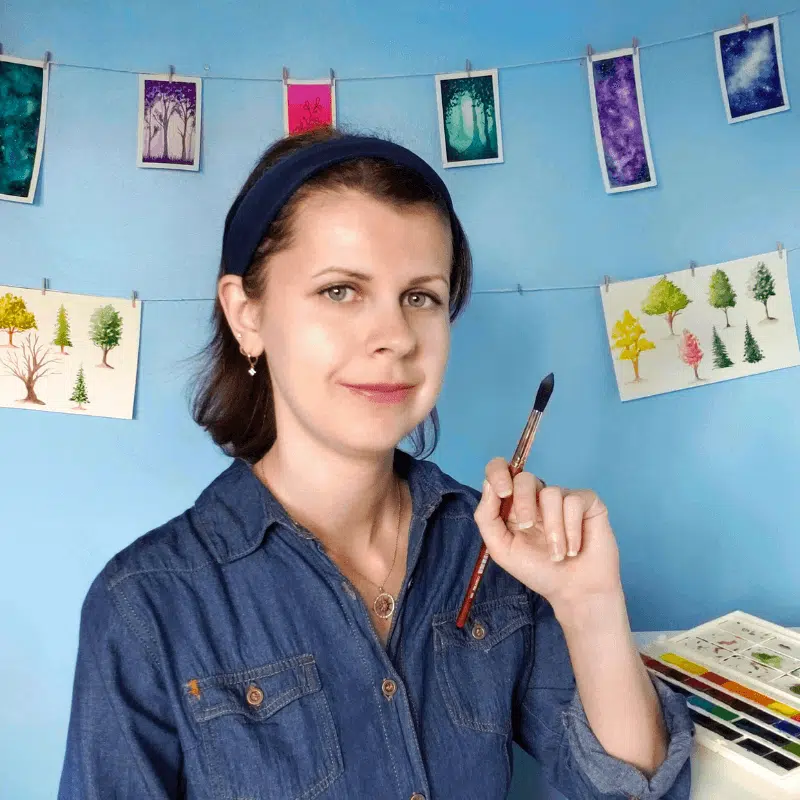
Miranda Balogh
Artist & Online Educator


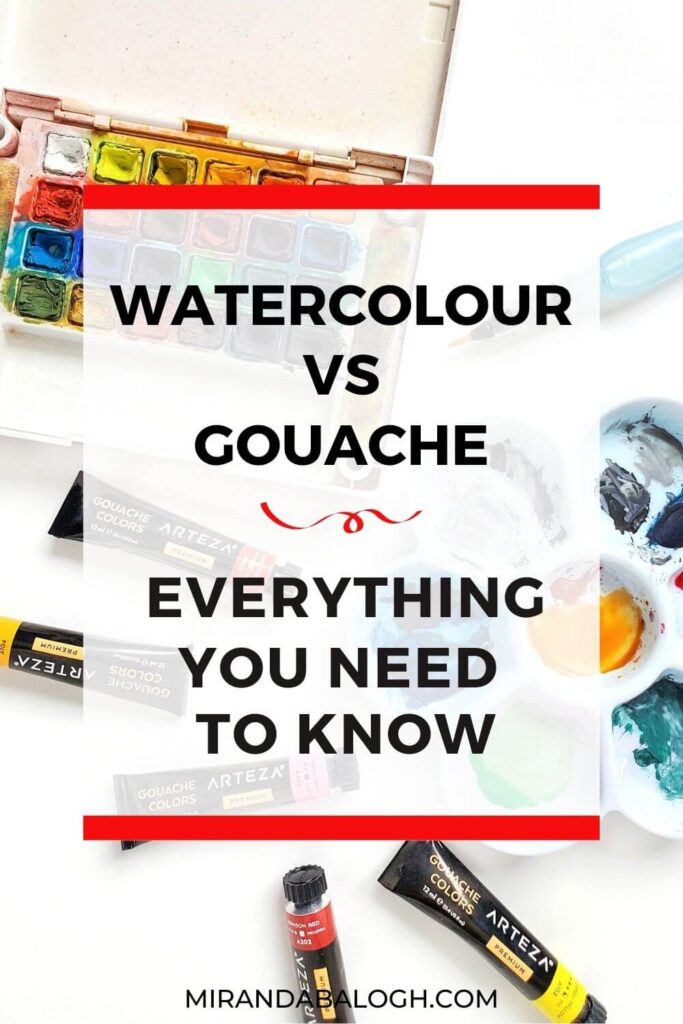
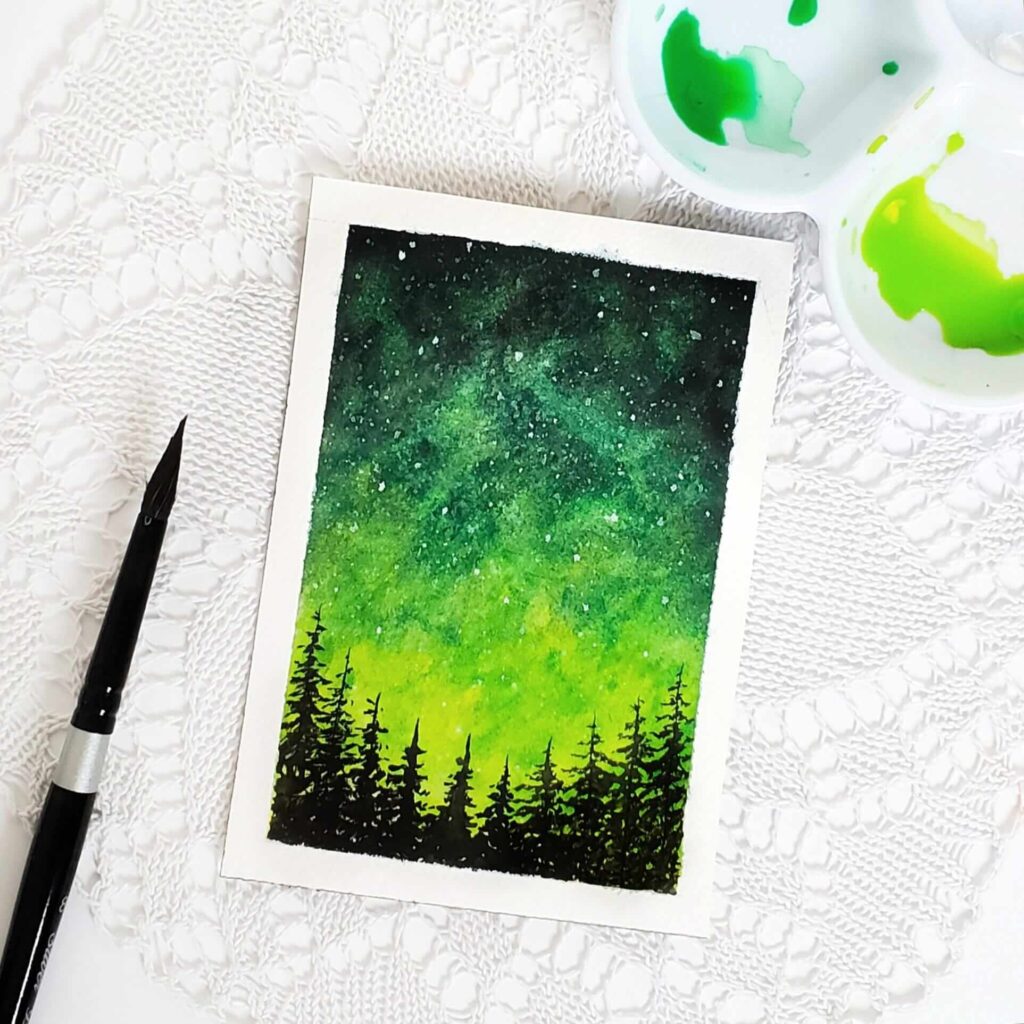
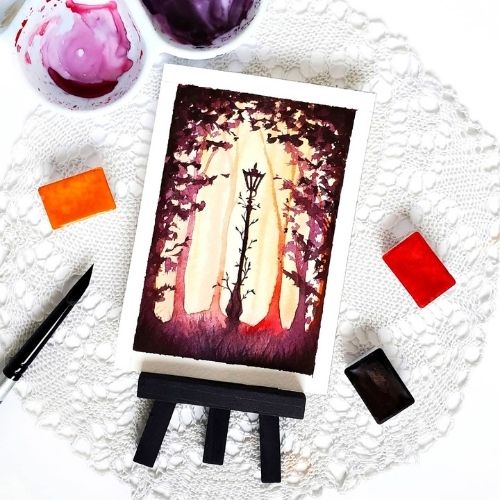




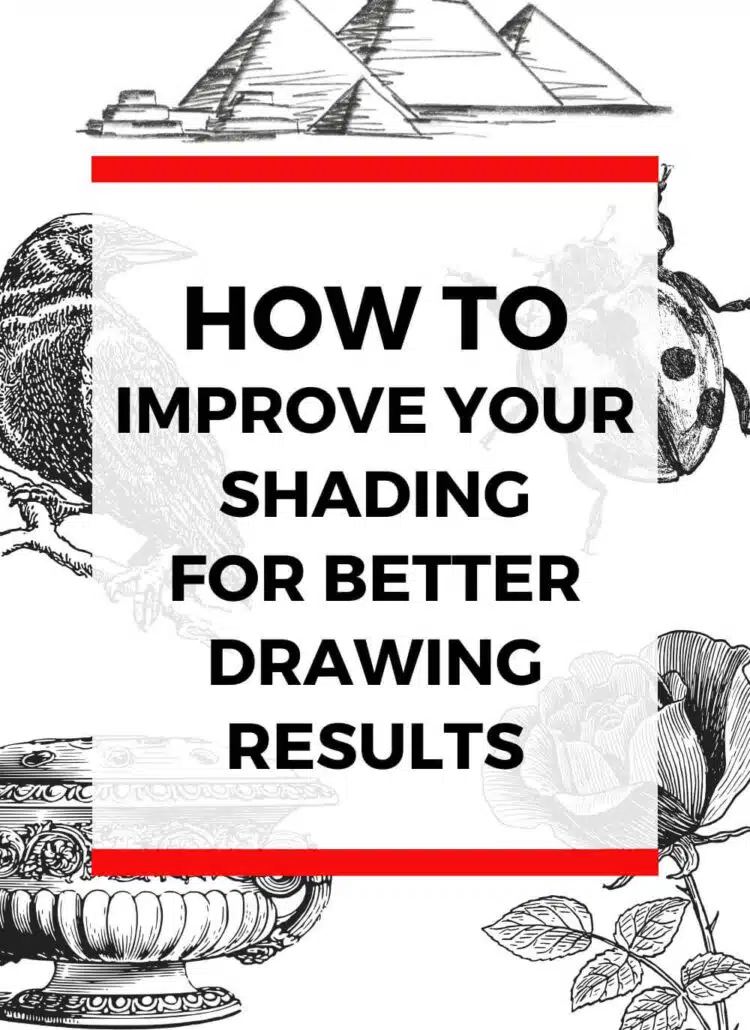
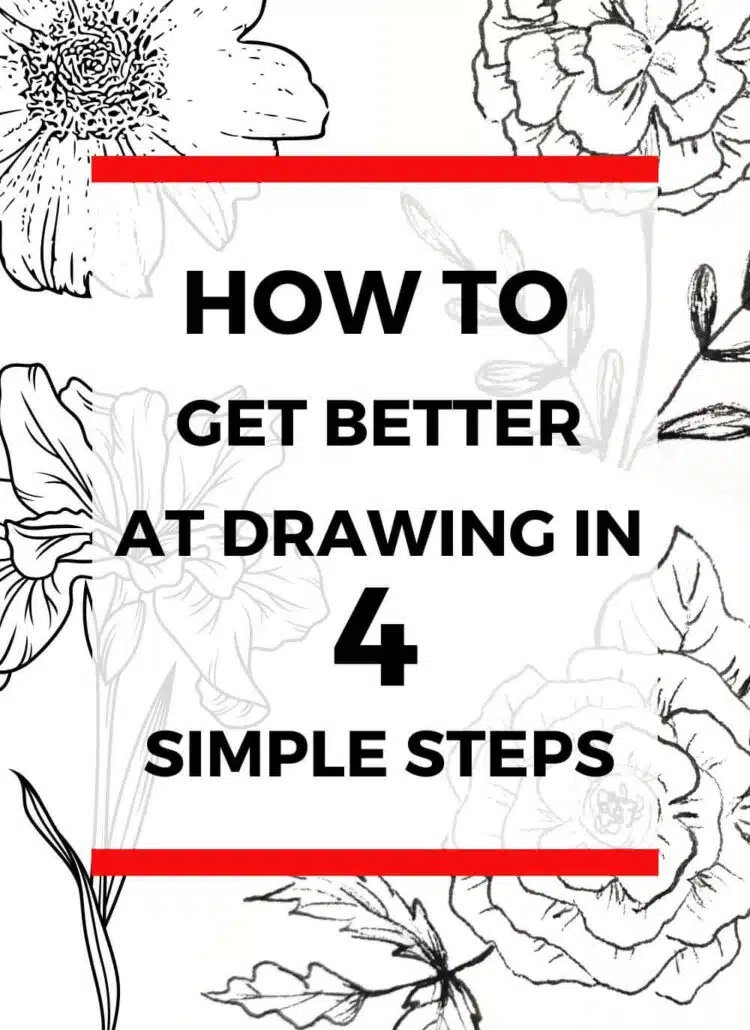
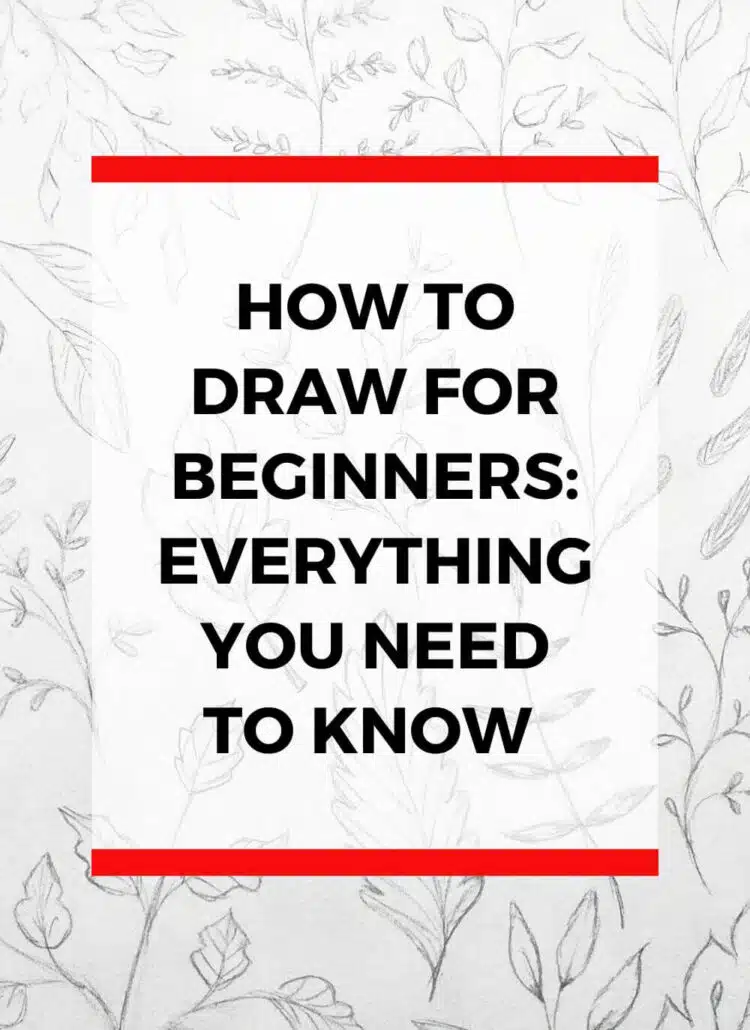
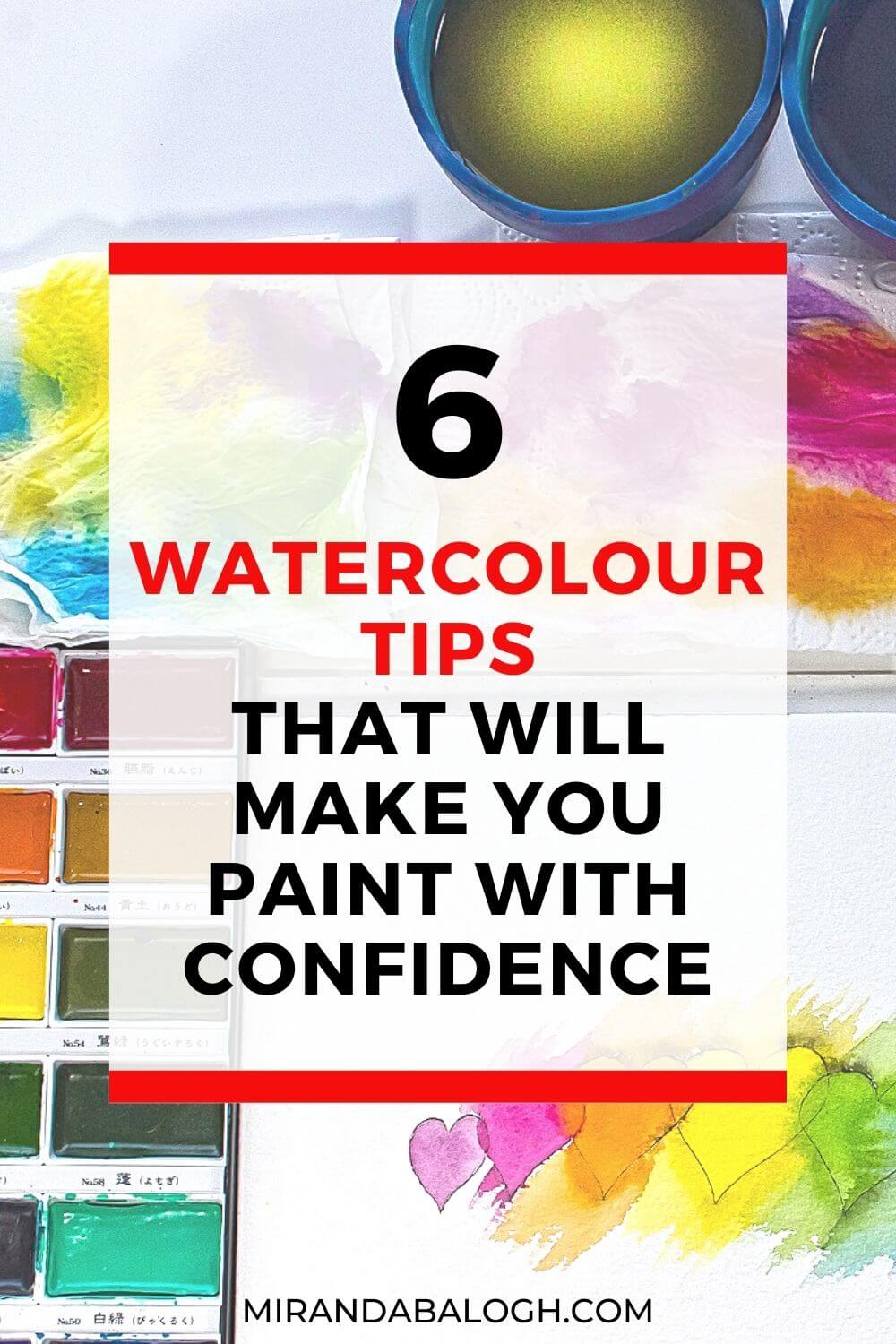
Great information. As an amateur, I never heard of gouache. I look forward to reading more of your articles.
Thank you! Gouache painting isn’t as well known as watercolour, but it has been gaining in popularity these past few years. Thanks for sharing your thoughts!
So nice! I really have to get back to watercolor painting.
Thank you for taking the time to read this blog post and leave a comment!
Wow, this is so interesting! I’ve heard of gouache, but never knew what exactly it was. Thanks for sharing!
You’re welcome! I’m glad that you now have a better understanding of what gouache painting is.
I’ve never heard of gouache paint! It was interesting reading your article. Once I get more free time I want to start painting with watercolour more and maybe I can look into gouache too, sounds very interesting to paint with them!
Thank you! The nice thing about gouache art is that if you already know how to paint with watercolours, learning how to paint with gouache is fairly easy. So I definitely encourage you to pick up some gouache in the future. Thanks for sharing your thoughts!
I’ve done my fair share of painting back when I was younger but I have never heard of gouache before. Thanks for sharing, this has inspired me to try out a new kind of painting.
You’re welcome. I’m glad that this article has inspired you to try gouache painting!
This is so interesting. Did a few painting myself when I was younger but never heard of gouache before. Thanks for sharing.
Gouache art is fun and fairly inexpensive as far as painting mediums are concerned, so it’s worth checking out if you’re interested. Thank you for commenting!
Wow I’ve never heard of gouache paint before! I’m definitely going to try this out! Looks beautiful! Thanks so much for sharing
You’re welcome! I’m so glad that you’re interested in gouache painting. Once you try it, I’m sure you’ll enjoy it!
I didn’t even know what gouache is. Thanks for sharing this. It’s insightful
Thank you! I’m glad you learned something new about different painting mediums.
I had never heard of gouache before, so this article was really interesting! Thank you for sharing, I love what you’ve shared on Instagram as well!
Thank you so much for the kind comment! Many people haven’t heard of gouache art, so it’s nice to educate people who are interested in learning more about it.
Your art 🎨 work is awesome. They would be great for custom made cards.
Thank you! I’ve never thought about making custom made cards, but that could be a fun little side project to consider. Thanks for the suggestion!
I do love watercolor painting. I remember painting when I was in school. I was not aware of gouache, glad now I know the difference between the too.
Thank you for sharing your experience with watercolour and gouache painting!
Such an informative post! I’ve never heard of gouache painting but I’ve done a bit of watercolour and really enjoyed it! Looking forward to trying it out! 🙂
It’s interesting how even though gouache is gaining in popularity, it’s still not very well-known compared to watercolours. So I’m glad you enjoyed learning about gouache art!
Very nice post, your explanation is top. I really respect traditional artists, this article is almost making me go back to it xd
Thank you! I’m happy that you found some value in this post.
Thank you for sharing this information. What paper do you use for Gouache? Can I use watercolor paper?
Yes, you can use watercolour paper for gouache painting because the paper is thick enough to handle gouache in its’ regular form as well as when you water it down. I also use goauche on mixed media paper because it usually holds up pretty well as long as you don’t use too much water to paint each layer. I hope these answers are helpful!